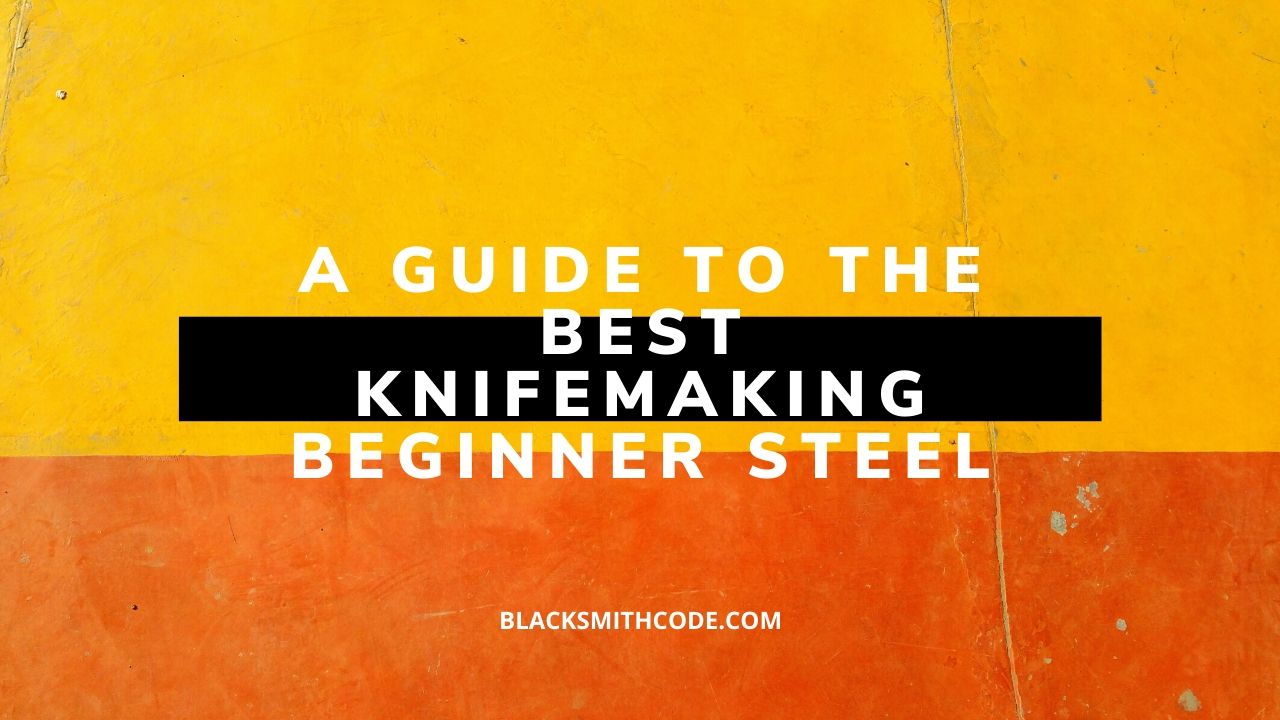Knifemaking is one of the first projects most blacksmiths embark on at the start of their blacksmithing career. The steel employed in making a knife has a very significant effect on the overall quality and the suitability of the blade. Do you know how to figure out best steel for knife making beginners?
Steel is an essential alloy of carbon and iron. It can also have a blend of diverse elements aimed at improving some specific properties of the steel. Aside from the general steel features, some steels are specifically made to fit the knife making purpose.
Consequently, if you want to use steel specifically for knife making, there are some features you should look out for in it. The features below can serve as a complete guide to help you choose the best steel for knife making beginners.
Hardness
Hardness of steel is simply the measure of the ability to resist deformation when it is a subject to other conditions aside from heat. It is measured by the ability of steel to resist deformation when subjected to force and stress. How hard the steel is, is an important choice to consider because it is directly linked to the strength of the steel. This strength is measured using the Rockwell C scale.
Toughness of The Steel
People often confuse hardness with tenacity. The hardness of steel is quite different from its toughness. The best steel for knife making beginners should be tough enough to suit the process. Toughness is how well the steel can resist chips or cracks when they are subjected to the impact of a sudden load. It is best to use sturdy steel because chips are difficult to fix in a knife. Toughness in blades is not standardized; therefore, it is better to ensure the toughness of the iron in the first place.
Wear Resistance
Good steel must be resistant to wear. Wear resistance can be said to be the ability to hold off damage from either of adhesive and abrasive wear or both. Abrasive type of wear occurs when particles that are of significant hardness pass over a softer surface. Ability to resist wear generally aligns with the hardness of steel, and this feature can be specifically influenced by the chemical nature of the selected steel.
Edge Retention
Edge retention is the length of time that a blade will keep its sharpness throughout its period of use. The sharpness of a knife is an essential feature of the knife. A blunt knife cannot perform the needed function. Edge retention is a combination of an edge that can resist deformation and wear retention.
Ability To Resist Corrosion
Ability to resist corrosion is the property that allows steel to withstand corrosive effects including rust. This feature should be one of the most essential considerations for choosing the best steel for knife making beginners. Good steel must be able to resist corrosion caused by external elements like humidity, salt, as well as moisture. High corrosion resistance property has no standard measurement, but it can be figured out from the other characteristics of the steel.
Conclusion
Steel type is essential for knifemaking, especially for beginners. It is vital to know the specific features of the steel that will suit the knife making process before knowing which one to choose.
Nevertheless, the most suitable steel for knives is not just about mixing the distinctive feature of good steel. It is about taking a good look at the overall functionality and striking a balance between strength, toughness, and hardness.

